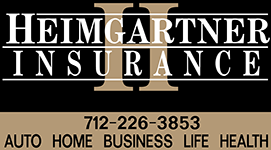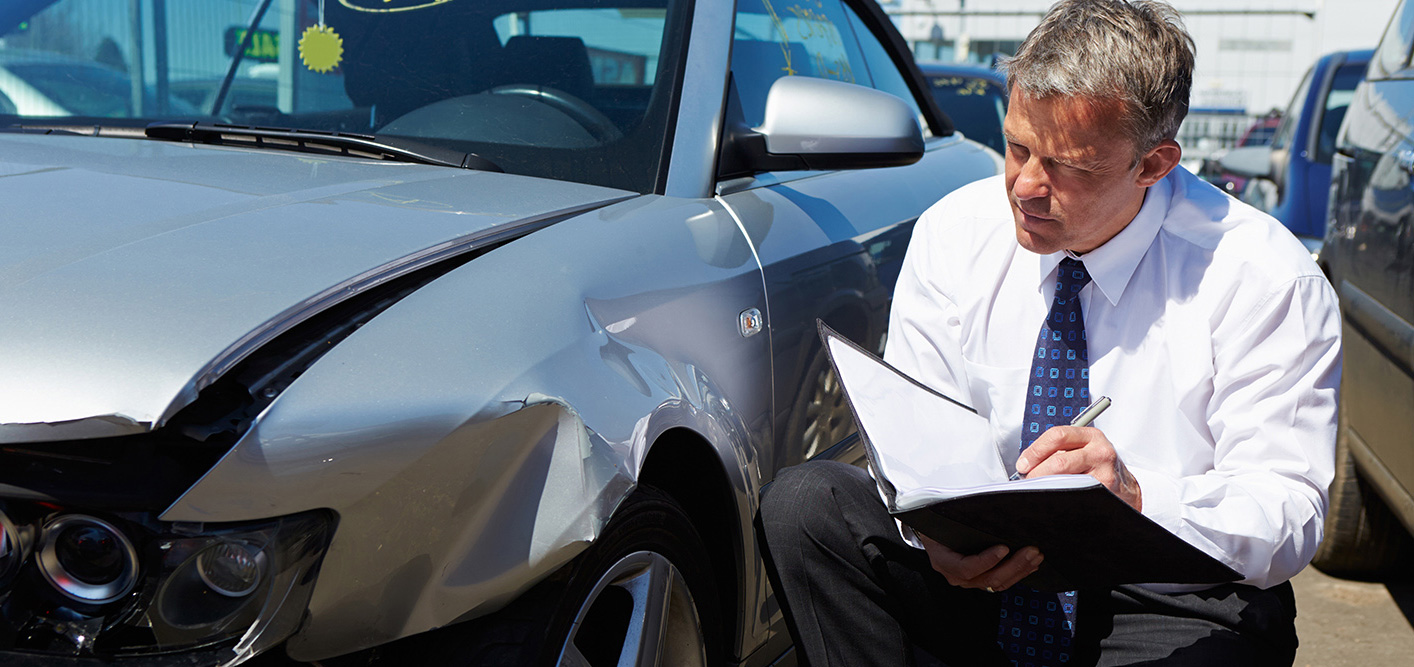Many lenders require drivers to purchase full coverage auto insurance while financing a car. This coverage ensures that the lender is protected should anything happen to the car before it’s paid in full. However, once the driver has paid his or her auto loan in full, they are free to carry the required state minimum auto liability coverage and nothing more. Our Heimgartner Insurance Inc. team is committed to helping Sioux City, IA drivers understand different insurance options.
What is considered full coverage auto insurance?
Full coverage auto insurance includes liability, collision, and comprehensive coverage. Each form of coverage is designed to fit specific situations and circumstances that a driver might experience. For example, auto liability coverage is designed to pay for any property damage or injuries you may cause to others while driving. There are coverage limits, however. The coverage will pay for any damage or injuries up to the specified limits set by the insurance policy. Comprehensive and collision coverage will pay for the repair of your car if it’s damaged in an accident, as well as the repair of your car for any damage incurred as a result of some natural disasters and other non-moving accidents, theft, and vandalism.
How much auto insurance do I need? I recently paid off my late-model car.
It may be a good idea to continue to carry full auto insurance if you own a late-model car. Although the lender no longer requires full auto insurance coverage once your loan has been paid off, any damage your car sustains would probably be difficult to pay for out of pocket. Plus, if you own a late-model car, your car’s value is probably more than your insurance premium. This means that if you were in an accident, your car would be eligible for repair if you had the proper coverage because its value still exceeds the premium.
If you have questions regarding auto insurance coverage, call us at Heimgartner Insurance Inc. in Sioux City, IA. We’d be happy to help you explore your options.




















